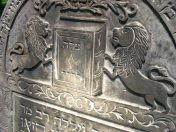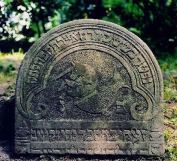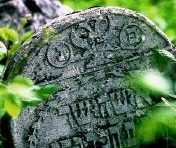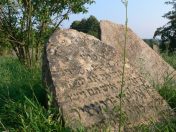 |
The first Jews probably appeared on Polish territories in the ninth or the tenth century and have been living among us for more than one thousand years. The relations with the Christian population varied - being sometimes better, sometimes worse, but Poland was not an exception. A lot of Jews, banished from other countries, found shelter here and settled down, and some medieval chroniclers described our country as Paradis ludeorum. At the beginning of twentieth century 3,5 million Jews lived in Poland. In many towns Jews made up more than half of the population.
The one thousand years of Jewish presence in Poland was almost totally destroyed by the Nazis. Very few Polish Jews avoided extermination in ghettos and concentration camps. Most of those who managed to survive the Holocaust left our country after the II World War. The next wave of emigration was caused by the events of March 1968. At present only several thousands Jews live by the Vistula river.
Few synagogues, mikvahs, kahal houses and other buildings of varied use were saved from the war conflagration. Relatively many Jewish cemeteries survived and this website is dedicated to them.
The fate of Jewish cemeteries has been tragic. They were damaged by the occupant, after the war often used as a source of building materials, and consigned to oblivion by communist authorities. Today we often do not know - or pretend that we do not know - what lies behind an old wall or in a forest nearby.
Jewish cemeteries are very special places. Hidden somewhere out of the way, covered with high grass, they intrigue us with their atmosphere and we find delight in the Hebrew scriptures laboriously and artistically forged by unknown craftsmen. It is worth remembering that Jewish cemeteries are often the oldest monuments of Jewish material culture in a particular town or a region.
Our website was created in 2005 as an attempt to present some Jewish cemeteries. The authors hope that this guide will inspire to visiting these places and will draw attention to the remaining signs of the pre-war presence of the Polish Jewish community, now disappearing from our landscape.
translated by Joanna Kołdras, Andrzej Fister-Stoga |




